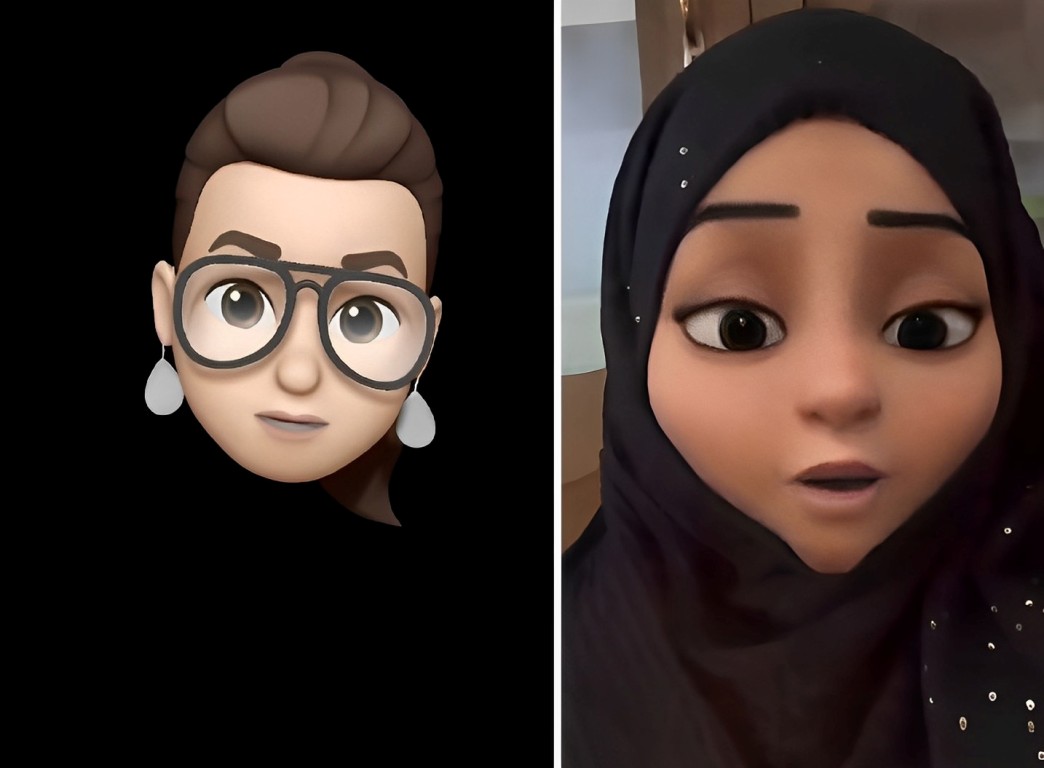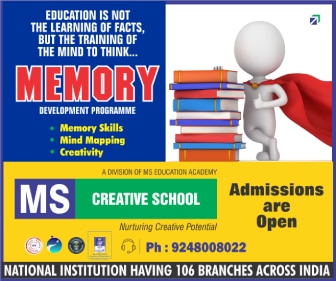[ad_1]
Thousands of youth, adults and children are consuming tons of animations and the consumption is only going up. Muskan Fatima reports the trend and the factors pushing the new fad

In 2019 fall, when Meem Laaleh, a Kashmiri comic feminine character appeared on social media with impressive social messages, it was a huge sensation. Operating with a tagline – Balai Lagai, Yuth Ni Mushkil Gaczvev (Forgive me, do not take it otherwise), the caricature was a hit with its brief satire on social issues that its creator termed ‘sit down comedy’. Almost on a daily basis people would wait for Meem Laaleh to take potshots on the life Kashmir was living. By early 2021, Meem Laaleh went silent, perhaps forever.
This inspired many others to follow suit. A young boy launched Keashir Shinchan in June 2019. It is a young Kashmir lady telling interesting tales about the people around, making fun of things and using puns to send the message around.
Tragically, however, neither Meem Laaleh nor Keashir Shinchan is part of the estimated US $28.61 billion that the animation industry cloaked in 2022. Anime is primarily Japanese animation characterized by colourfully vibrant graphics and action-filled plots that more than 100 million people watch globally. Right now more than 6000 anime shows exist and the majority of them are made in Japan.
= While the new generation has skipped looking at the sector as content creators, they are huge consumers of animation. In most of the homes, kids require animation shows at breakfast, lunch and dinner and now even parents are addicted to these shows. Asks anybody in nursery or kindergarten, they are well aware of Pokemon, Naruto, Dragon Ball Z and Shin-chan. It is their butter if not the bread. Off late, even adults like the animation. In Kashmir, Doraeman was virtually in politics for years.
Hyder, an MBA from the University of Kashmir has been watching anime for a while. He fell in love with Naruto in 2017 when the comic character somehow popped up on his timeline.
“It was a blessing in disguise I would say,” Hyder admitted. “I was doing a lot of binge-watching as I lacked focus. Suddenly Naruto popped up so I thought I should give it a go and the way it kept me inclined towards itself was mind-blowing.”
It is not just the plot and the graphics that connect people to Anime. Some people say they feel a personal connection with the characters and they can relate to the emotions portrayed by them.
Hyder said that watching the animation has helped being become responsible because most of the shows convey a message “I suddenly used to care about everyone no matter how bad they seemed. This was a thing I gathered from Naruto,” Hyder said. “It taught me nobody is a villain. Another anime Haikyuu teaches you that if you are passionate about something it does not matter whether you have the skills or not. Hard work is the key. I would say anime made me a better person.”
A ‘Misconception’
Anime is linked to stereotypes. People see them as merely cartoons and caricatures, not essentially meant for grown-ups. That may not be necessarily true. anime and cartoons differ from each other in target audience and themes. Unlike cartoons, anime touches upon more serious themes with teenagers and adults as the target audiences.
“I made no difference between anime and cartoon till I watched Death Note,” Haroon Riyaz, a student with a keen interest in anime’s, said. “The plot twists, suspense and mystery factor of this anime were really appealing to me. Now I believe anime is a slice of life and portrays life issues and emotions that are mostly meant for the mature audiences, unlike cartoons.”
Animation watchers are so drawn towards the anime culture that many of them go out of their way to get anime merchandise, learn Japanese slang and dress up like anime characters. In recent years Japanese pop culture including anime and video games gained immense popularity worldwide due to global media exposure. Despite the language barrier people have resorted to subtitles to understand the storyline.
Mother Culture
This is something new in Kashmir. The elder generations did not grow up surrounded by this wave of anime culture and most of them are barely familiar with the term anime. Even after TV’s entry into Kashmir, Doordarshan, till recently was the only source of entertainment.
Then, people used to read books, comics, listen to radio and just play around with friends. Now, the newer generations avoid books and prefer watching things on the cell phone, TV or computer. “Youth watch movies based on novels and then claim they have read it not knowing that films are adaptations of the text, not the exact novel,” a parent said. “It is the fashion now that students prefer pdf of books rather than the book.”
Binge Watching
Globally, the use of motion pictures in educating the new generation is a preferred choice of educators. However, a huge section of the younger generation binge-watches anime shows. Some see it as addiction and many think it is an escape route.
The content creators are aware of this human weakness. So they push their characters to survive for a long time link India TV soap operas. One Piece is an anime based on the Manga by Eiichiro Oda and as of March 2023, it has more than 1000 episodes. Anybody wishing to watch it would require more than 400 hours. Data available in the public domain suggest that an average person spends 6.58 hours every day on screens connected to the internet. This is impacting the health of a generation.
Farhana Wani is pursuing her BSc (Nanoscience) in Srinagar. Her journey towards anime started when, one day, she came across a reel on social media about how Itachi, a character from Naruto sacrificed everything and how he killed his entire clan, his parents, and his love just to save the leaf village but was not able to kill his brother. That made her curious about the character and she wanted to know the whole story.
While Farhana loves anime she recognizes that it had a negative impact on her as well.
“As much as I hate to admit it, anime has become an escape route from reality for many people especially students,” Farhana said. “I sometimes also feel like I am addicted to it and that instead of studying I prefer to watch anime because it gives you that dopamine rush for a short period of time.”
German Psychologist Erich Fromm in his book, To Have or to Be? writes: “Pleasure and thrill are conducive to sadness after the so-called peak has been reached; for the thrill has been experienced, but the vessel has not grown. One’s inner powers have not increased. One has made the attempt to break through the boredom of unproductive activity and for a moment has unified one’s energies-except reason and love. One has attempted to become superhuman, without being human. One seems to have succeeded to the moment of triumph, but the triumph is followed by deep sadness; because nothing has changed within oneself.”
The Flip Side
This is the other side of anime binge-watching. People say they live in a world of joyless pleasures where it is hard to draw a line between the two.
Pleasure usually does not lead to an intrinsically adequate solution to the human condition and does not lead to greater human growth or bring an individual closer to their authentic self. Joy, on the other side, is what people experience in the process of growing nearer to the goal of becoming oneself. The lack of joy is what makes seeking pleasure necessary. People may say watching anime brings them joy but often it is pleasure they refer to.
A legitimate question remains: why Kashmiri youth are drawn towards anime? Japan, after all, has a different language and culture.
Wasim Kakroo, Consultant Clinical Psychologist at the Centre for Mental Health Services at Rambagh Srinagar has his views about the psychology behind it.
“It can be attributed to several factors. Firstly, anime offers an escape from the realities of everyday life, providing a unique and immersive world of fiction and fantasy that can be engaging and entertaining, especially for youth who lack guidance. Anime often contains themes and motifs that resonate with young people, identity struggles, and social commentary. This helps them connect with the characters and storylines. Its easy availability may be another contributor,” Kakroo said. “The psychological reasons behind this transition can be attributed to the fact that young people are seeking new forms of entertainment that offer a sense of escapism, social connection, and cultural identity. Anime provides a combination of these elements, making it an attractive option for many young people.” At the same time, anime addiction is part of the globalisation that permits individuals to make their choices.
[ad_2]
#Animated #Kashmir
( With inputs from : kashmirlife.net )


